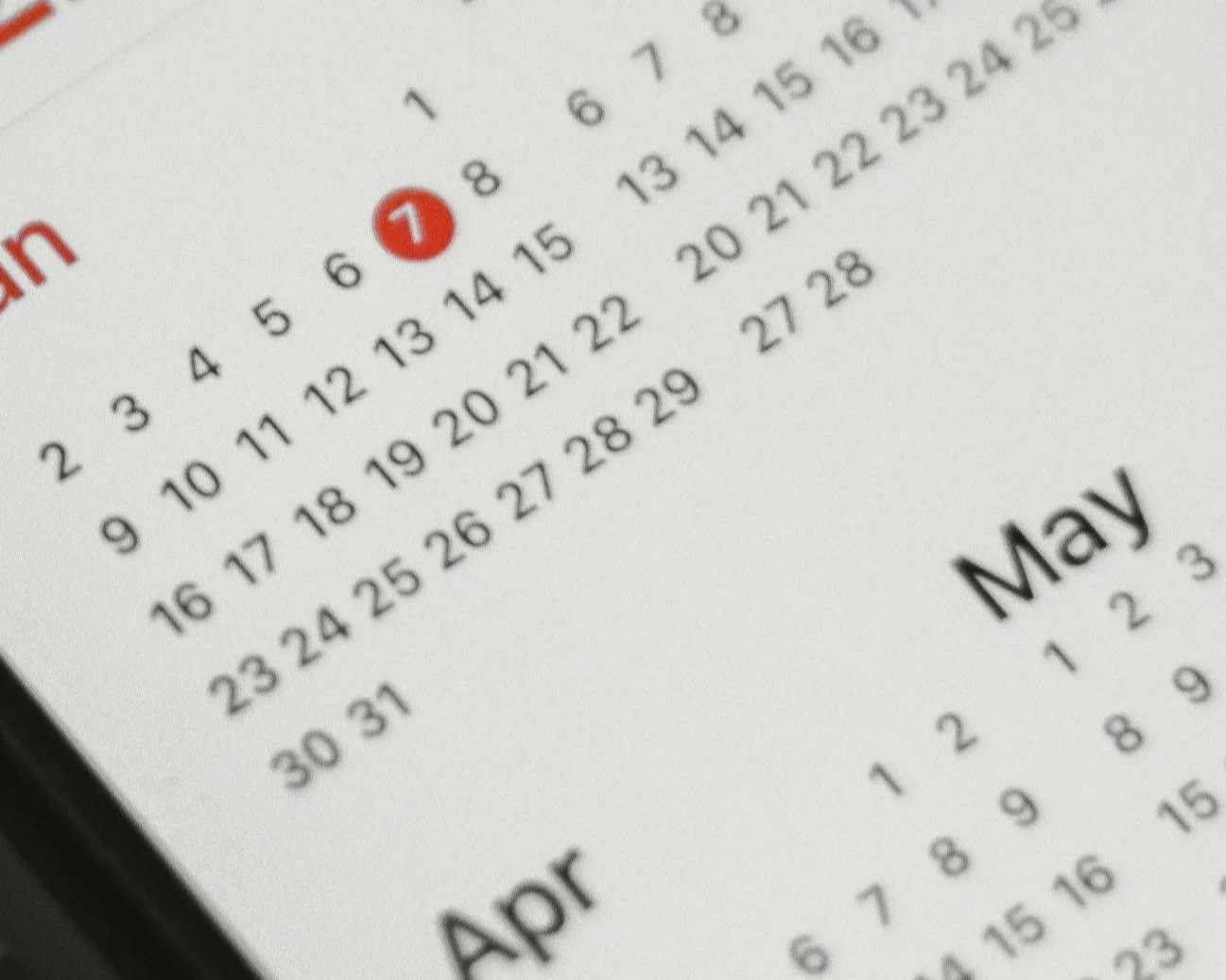In the world of event planning, managing schedules for multiple clients can be a complex juggling act. With overlapping timelines, distinct client preferences, and unexpected challenges, staying organized is crucial to success. Whether you're a seasoned professional or new to event planning, these strategies will help you manage multiple client schedules effectively while maintaining high-quality service.
1. Establish Clear Communication Channels
Clear communication is the cornerstone of effective schedule management. For each client, define preferred methods of communication (email, phone, video calls) and establish regular check-ins to keep everyone informed. Consider using project management tools like Asana, Trello, or Slack to centralize communication and track progress.
Pro Tip: Create a shared calendar with your client that outlines key dates and milestones. This ensures everyone is aligned on the timeline.
2. Master the Art of Prioritization
With multiple clients, conflicting deadlines are inevitable. Prioritize tasks by assessing urgency and importance. Use tools like the Eisenhower Matrix or implement a ranking system to determine which tasks require immediate attention.
Key Question to Ask: What’s the most critical task for this week, and which deadlines are non-negotiable?
3. Leverage Technology for Efficiency
Managing multiple event schedules becomes much easier with the right technology. Tools like Google Calendar, Microsoft Teams, or industry-specific software such as Eventbrite or Aventri can help you stay organized. Many of these tools offer integrations that allow you to streamline booking, scheduling, and communication.
Recommended Features to Look For:
Automated reminders
Task delegation
Cross-platform synchronization
4. Build Buffer Time Into Your Schedule
Unexpected delays are part of the event planning process. When working with multiple clients, it’s essential to include buffer time between meetings, deadlines, and event days. This ensures you’re prepared for last-minute changes without disrupting other schedules.
Example: If a task is estimated to take 3 hours, block off 4 hours to account for potential hiccups.
5. Customize Your Approach for Each Client
No two clients are the same, and their schedules shouldn’t be either. Take the time to understand each client’s unique needs and tailor your approach accordingly. Some clients might require more frequent updates, while others prefer a hands-off approach.
Client Personas to Consider:
The Detailed Planner: Wants regular updates and detailed plans.
The Big-Picture Thinker: Focuses on overarching goals and prefers summary-level updates.
The Last-Minute Adjuster: Often needs flexibility and rapid responses.
6. Outsource and Delegate When Necessary
If your workload becomes unmanageable, consider outsourcing tasks or hiring additional help. Whether it’s a virtual assistant to handle administrative duties or an on-site coordinator to oversee event day logistics, delegation can free up valuable time and energy.
7. Conduct Post-Event Reviews
After each event, schedule a debrief with your client to review what went well and identify areas for improvement. Document key takeaways to refine your approach for future projects. This practice not only enhances client satisfaction but also helps you continuously improve your scheduling process.
Questions for Your Debrief:
Were deadlines met effectively?
Were there any communication gaps?
How can the process be improved for next time?
8. Stay Flexible and Adaptable
Flexibility is a hallmark of successful event planners. Be prepared to adjust schedules, reallocate resources, or shift priorities based on client needs or unexpected changes. Building adaptability into your processes will make managing multiple schedules more seamless.
Managing event schedules for multiple clients requires a blend of organization, communication, and adaptability. By leveraging technology, prioritizing effectively, and customizing your approach, you can ensure that every client feels valued and their events run smoothly.
With the right strategies in place, juggling multiple schedules can become a manageable—and even enjoyable—part of your event planning business.
Do you need more tips or tools to enhance your event scheduling? Share your thoughts or questions in the comments! Let’s work together to master the art of event planning.

